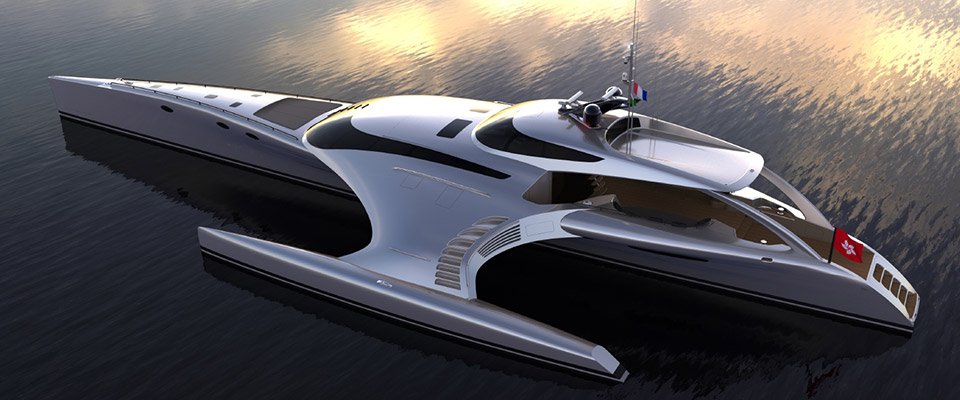Coming together is a Beginning. Keeping together is Progress. Working together is Success.
Marine Systems
- High speed boats/Naval vessels
- Sail boats/Fishing boats
- High capacity trawlers
- Barges
- Syntactic foams
- Other ship components
Use of composite materials in marine

The main advantages of GRP for marine applications are:
- Environmental resistance, including freedom from rotting, corrosion, etc.
- Ability to mould seamless, complex shaped structures
- Ability to tailor strength to suit loading conditions
- Excellent strength to weight characteristics - GRP marine structures generally half the weight of equivalent steel structures.
- Low maintenance and ease of repair
- Excellent durability
Subsea Applications
The main subsea application of composites has been as protection structures for subsea wellheads and valves. The advantage of using composites is weight saving which can give substantial savings in installation cost through the use of lower cost lift vessels. The cost of manufacture is competitive with that of conventional steel and concrete technology.
PRAZASTINAV Compositech prepregs and resin films are extensively used in the marine sector and offer shipyards and boat builders a full range of composite solutions for their tooling and production requirements. Hulls, decks, masts & beams, as well as other composite components such as superstructure, foils, bowsprits and rudders can all be produced with the consistent resin content and quality.
Robust, easily handled prepreg systems, with tack levels adjustable to the user’s workshop conditions, are perfect for manufacturers who are well experienced with prepreg production as well as those switching from wet lamination or infusion processes.
Low temperature curing resin systems are available, and prepregs can be supplied with a massive range of unidirectional, multiaxial and woven fabric reinforcements in carbon, glass and aramid fibres. Materials are available with customer specific tack levels and with a range of complimentary adhesive and surface films.
Composites in boating industry
While the rules for using composites in large vessels (ships) was changed in 2002, composites materials have been used for quite a while in the boating industry.
Fiberglass, a combination of a weaved cloth material and glass fibers were incorporated into the building of boats around the early 1950′s. The catalyst to create a composite out of these materials was resin, which when mixed created fiberglass after it was set and dried.
You also see composites of fiberglass used when making surfboards. Initially, like boats, surfboards were once made of wood which when fiber glassed, created a strong reinforced waterproof outer shell. Fiberglass is now the composite of choice in the surfboard industry and has been for the past 40 years.
The lightweight structures at sea project
More recently, scientist have been involved in a new project, the Lightweight Structures At Sea Project(LASS). This project is responsible for two major ship building projects using composite materials as the chief ingredient in the building process. Composite materials have in essence, changed the course of how we build ships. The benefits of using lightweight materials that create a vessel that is not only seaworthy but safe has at last reached it’s fruition. Take a look at this link to see how the advances made in composites used for vessels have changed the ship building industry.
We engineer composite products tailored to our client’s needs
You can see that the ship industry has benefited threefold with the incorporation of fiberglass composites in production. Not only have we found a way to produce a lightweight vessel which is safe, we have also found a way to decrease fuel consumption and increase the lives of the vessel itself.
In the future we are sure to see some more advances designed to not only increase the productivity of ships but to also create a safer, more effective vessel! Take a look how composites used for building ships has increased productivity and contributed to safety in the industry here.
